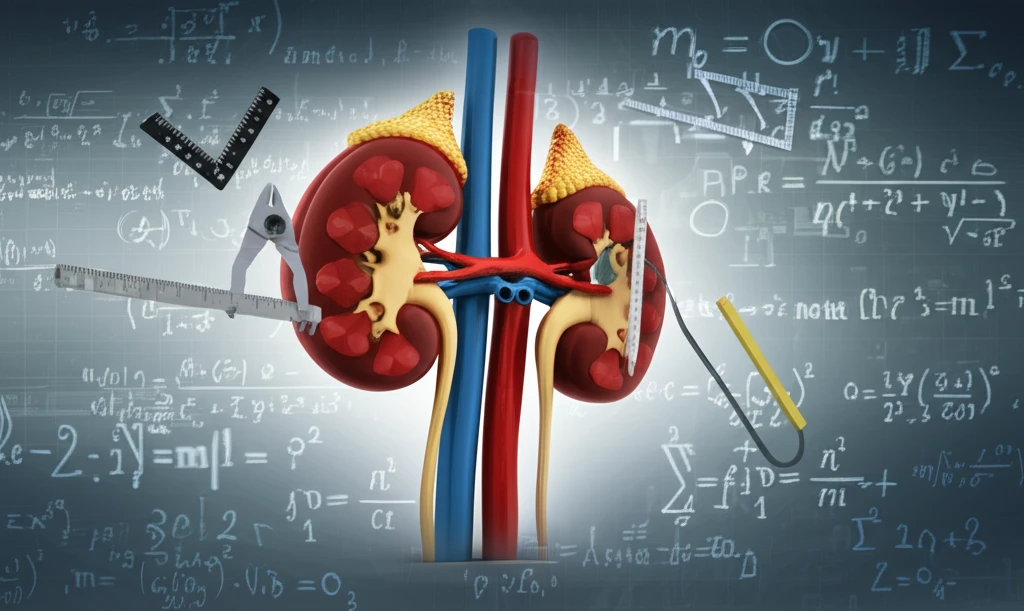
Kidney Health: Are We Measuring Up?
"The latest insights on kidney function assessment and why accuracy matters for long-term health."
Renal transplantation, a beacon of hope for individuals battling advanced renal disease, stands as a testament to medical ingenuity. This procedure not only extends lives but also significantly enhances the quality of life for those who have reached end-stage renal disease. However, the journey doesn't end with a successful transplant. Vigilant monitoring and preservation of the graft's function become paramount.
The persistent threat of chronic kidney disease (CKD) looms large, with transplant recipients facing an elevated risk and a disheartening rate of graft loss—approximately 4% each year. Accurate evaluation of renal function is not merely a clinical formality but a critical necessity in this delicate population. This article will discuss the nuances of renal function assessment, shedding light on both estimation and measurement techniques, while emphasizing their limitations in everyday clinical application. We place special emphasis on the significance of precisely measuring glomerular filtration rate (GFR) in renal transplant recipients.
Measuring kidney function can be especially beneficial to younger patients or parents wanting to keep track of their children's health as this article focuses on better understanding renal function which is vital for maintaining overall health and longevity.
Decoding Renal Function: Methods and Misconceptions

Evaluating renal function hinges on identifying markers that are freely filtered by the glomerulus, untouched by reabsorption, secretion, or metabolism in the renal tubules, unbound to proteins, nontoxic, metabolically inert, and consistently produced and eliminated. It’s also assumed that the rate at which these markers are cleared from the plasma by the kidneys mirrors their excretion rate into the urine. Glomerular filtration rate (GFR) markers fall into two categories: endogenous (creatinine and cystatin-C) and exogenous (inulin, radioisotopes like 99mTc-DTPA, 51Cr-EDTA, and nonradioactive agents like iohexol or iothalamate). The use of endogenous markers is estimation, while exogenous markers is measurement of GFR.
- Tubular cells can secrete creatinine, and this secretion increases as GFR declines.
- In advanced renal disease, creatinine secretion can surge by 80%-100%, potentially equaling the amount filtered.
- Creatinine's lack of sensitivity means it can remain stable even as GFR decreases.
- Measured GFR can vary widely, from 30 to 70 mL/minute, for the same creatinine value (1.5 mg/dL)
The Bottom Line: Informed Monitoring for Kidney Health
In renal transplant patients, renal function cannot be monitored with formulas, which have a high error in reflecting renal function. Measured GFR should be implemented, when possible. Of the several methods available, the plasma clearance of iohexol seems the more simple, safe, and relatively cheap. Repeated creatinine measurements and clinical experience are more reliable than formulas.
